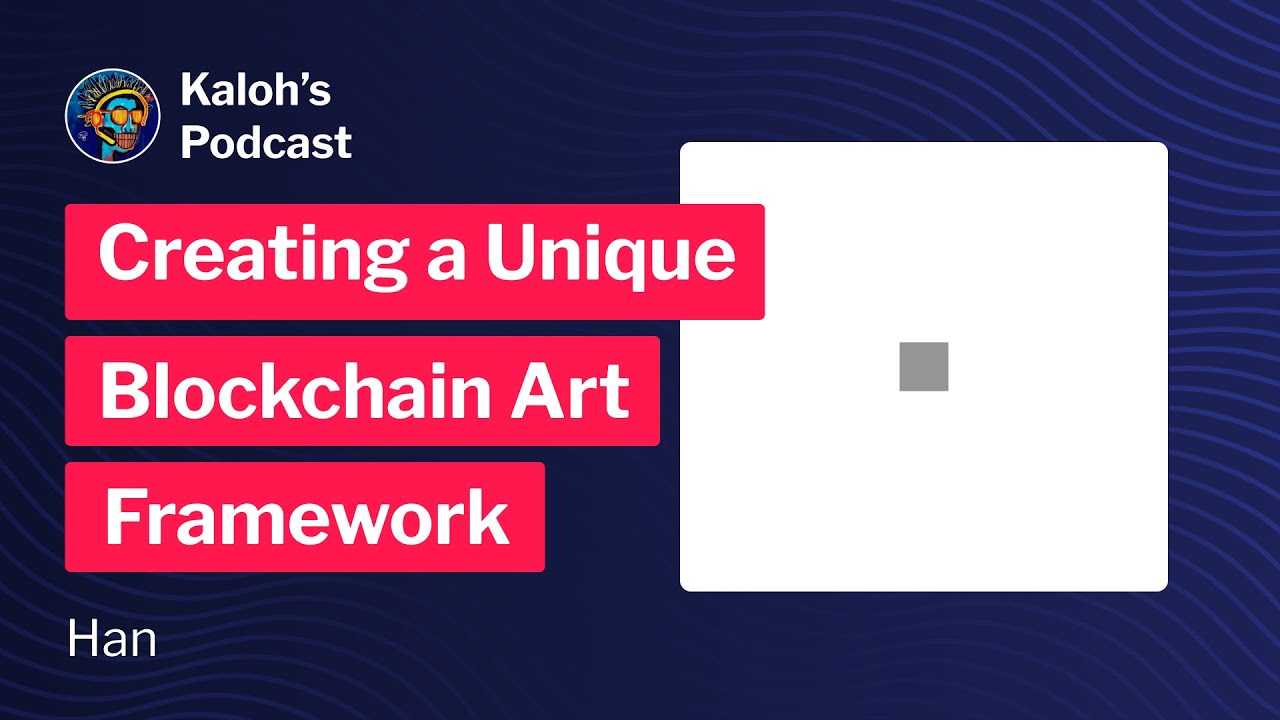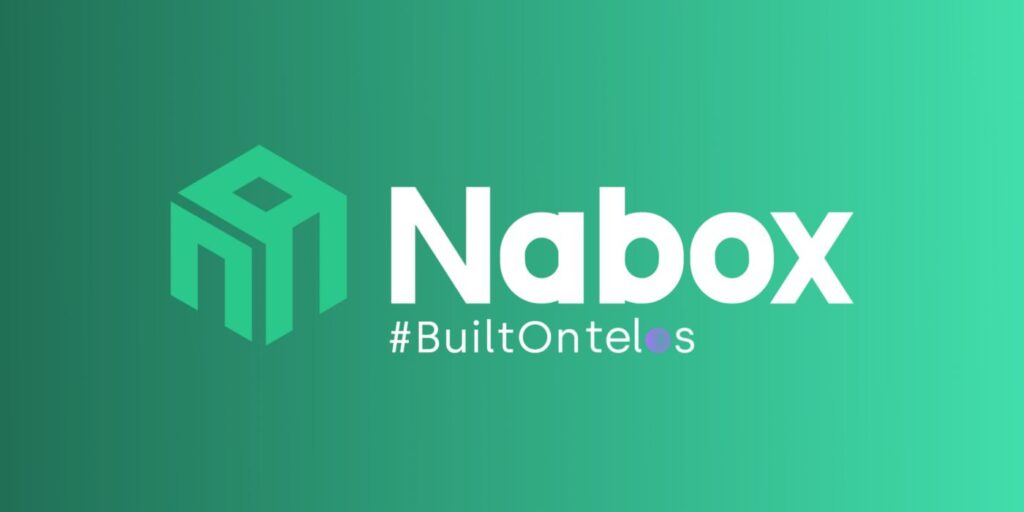
Art, a lasting expression of human creativity, has traditionally thrived within a centralized framework. The journey from artist to audience involves intermediaries, occasionally creating challenges for transparency and equity. However, the narrative takes a turn with the introduction of blockchain technology, a dynamic force revolutionizing the established art milieu. Blockchain’s inherent decentralization brings transparency to a historically centralized industry, reshaping traditional dynamics. The integration of blockchain in art initiates significant transformations in the creation and ownership of art, explored in depth within this article to unveil its profound impact on the artistic process and the paradigm of ownership. Learn more on this page.
Decentralizing Artistic Creation
Exploring Decentralized Art Creation
Decentralized art creation challenges the traditional model where a single artist is the sole creator. Blockchain facilitates collaborative creation, enabling multiple artists to contribute seamlessly to a single piece.
Blockchain’s Role in Collaboration
Blockchain acts as the catalyst for collaborative and transparent art production. Through smart contracts and transparent ledgers, contributors are acknowledged, and their contributions are recorded immutably.
Case Studies of Successful Decentralized Art Projects
Examining projects that have successfully embraced decentralized art creation provides insights into the practical applications and benefits of blockchain in fostering collaborative artistic endeavors.
Ensuring Authenticity and Provenance
Art Forgery and the Need for Provenance
Art forgery has been a persistent issue in the art world. Provenance, the documented history of an artwork, is crucial in determining its authenticity and legitimacy.
Blockchain’s Role in Ensuring Authenticity
Blockchain addresses the problem of forgery by providing an immutable ledger. Every transaction and ownership change is recorded, ensuring the authenticity and provenance of the artwork.
Real-world Examples of Art Authentication
Examining real-world instances where blockchain has been used for art authentication sheds light on its practical applications and effectiveness in combating forgery.
Tokenization of Art Assets
Understanding Art Tokenization
Tokenization involves representing ownership of art on the blockchain through unique tokens. This method opens up new possibilities, such as fractional ownership and increased accessibility to a broader audience.
Fractional Ownership and Democratizing Access
Art tokenization allows for fractional ownership, breaking down the barriers that traditionally limited art ownership to a select few. This democratization of access broadens art’s reach and impact.
Benefits and Challenges of Art Tokenization
While tokenization presents numerous advantages, it also comes with challenges. This section explores both sides, offering a balanced view of the implications of tokenizing art assets.
Smart Contracts and Royalties
Leveraging Smart Contracts for Fair Compensation
Smart contracts, self-executing agreements with the terms directly written into code, ensure fair compensation for artists. They automate royalty payments, providing transparency and eliminating the need for intermediaries.
Empowering Artists Through Fair Compensation
Blockchain’s ability to enforce transparent and fair compensation mechanisms empowers artists, ensuring they receive their due share for the use and resale of their work.
Examining Successful Implementations
Exploring instances where smart contracts have been successfully implemented in the art world demonstrates the tangible benefits and potential of this technology.
NFTs: The Evolution of Digital Art
Introduction to Non-Fungible Tokens (NFTs)
Non-fungible tokens (NFTs) have become synonymous with digital art. This section introduces NFTs and their unique characteristics that have revolutionized the digital art market.
Impact of NFTs on the Art Market
NFTs have brought digital art to the forefront, creating new opportunities and challenges. This part examines the broader implications of NFTs on the traditional art market.
Critiques and Controversies
While NFTs have gained immense popularity, they have not been without controversy. This section critically analyzes the critiques and controversies surrounding the NFT space.
Overcoming Challenges and Future Trends
Addressing Scalability and Environmental Concerns
Blockchain, while transformative, faces challenges such as scalability issues and environmental concerns. Exploring solutions and advancements in these areas is crucial for the continued integration of blockchain in the art industry.
Emerging Trends in Blockchain for Art
This section delves into the latest trends and developments in blockchain technology that are shaping the future of the art industry. From improved consensus mechanisms to enhanced security, exploring these trends offers insights into what lies ahead.
Potential Long-term Impact
Concluding the article involves contemplating the potential long-term impact of blockchain on the art ecosystem. Will it completely revolutionize the industry, or will it coexist with traditional models? This section provides a thoughtful exploration of the future trajectory.
Conclusion
In conclusion, a recapitulation of the pivotal aspects elucidated in this article underscores the transformative influence of blockchain within the art domain. It is imperative to inspire artists, enthusiasts, and stakeholders to delve into and adopt blockchain technology, fostering its ongoing assimilation and expansion within the art industry. Concluding with contemplative reflections on the future trajectory of blockchain in art, readers are prompted to consider the dynamic and evolving nature of this intersection, recognizing its profound impact on the creation and ownership of art.
Also Read: Transforming Energy Dynamics with Blockchain
